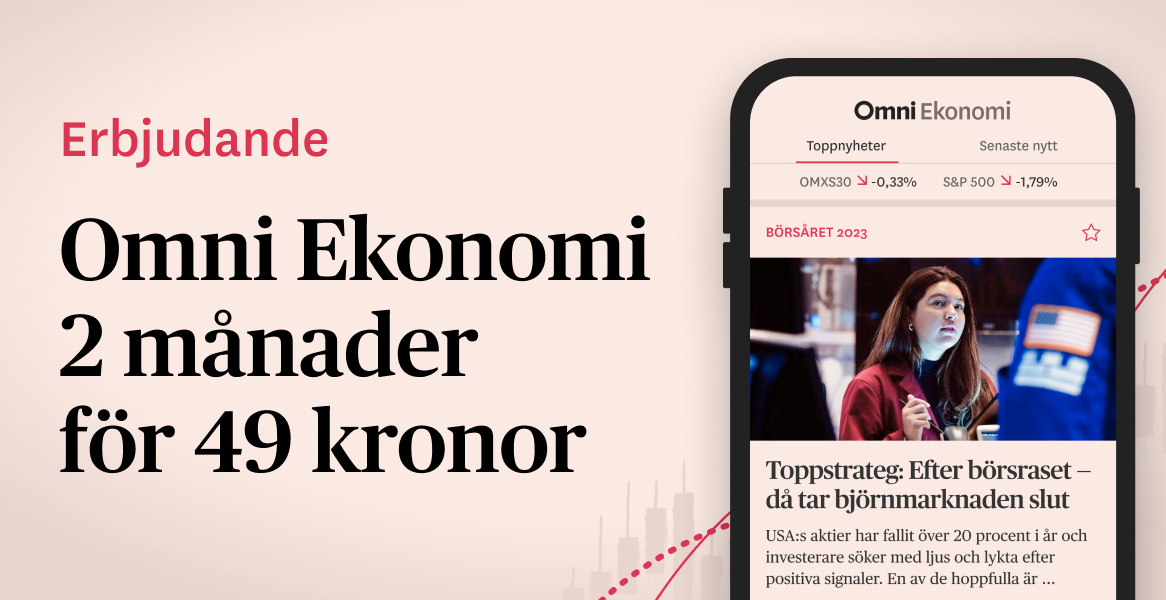bakgrund
Medicare (United States)
Wikipedia (en)
Medicare is a government national health insurance program in the United States, begun in 1965 under the Social Security Administration (SSA) and now administered by the Centers for Medicare and Medicaid Services (CMS). It primarily provides health insurance for Americans aged 65 and older, but also for some younger people with disability status as determined by the SSA, including people with end stage renal disease and amyotrophic lateral sclerosis (ALS or Lou Gehrig's disease).
In 2018, according to the 2019 Medicare Trustees Report, Medicare provided health insurance for over 59.9 million individuals—more than 52 million people aged 65 and older and about 8 million younger people. According to annual Medicare Trustees reports and research by the government's MedPAC group, Medicare covers about half of healthcare expenses of those enrolled. Enrollees almost always cover most of the remaining costs by taking additional private insurance and/or by joining a public Part C or Part D Medicare health plan. In 2020, US federal government spending on Medicare was $776.2 billion.No matter which of those two options the beneficiaries choose—or if they choose to do nothing, beneficiaries also have other healthcare-related costs. These additional costs can include deductibles and co-pays; the costs of uncovered services—such as for long-term custodial, dental, hearing, and vision care; the cost of annual physical exams (for those not on Part C health plans that include physicals); and the costs related to basic Medicare's lifetime and per-incident limits. Medicare is funded by a combination of a specific payroll tax, beneficiary premiums, and surtaxes from beneficiaries, co-pays and deductibles, and general U.S. Treasury revenue.
Medicare Parts. Medicare is divided into four Parts: A, B, C and D. Part A covers hospital, skilled nursing, and hospice services. Part B covers outpatient services. Part D covers self-administered prescription drugs. Additionally, Part C is an alternative that allows patients to choose their own plans that provide the same services as Parts A and B, but with additional benefits. The specific details on these four plans are as follows:
Part A covers hospital (inpatient, formally admitted only), skilled nursing (only after being formally admitted to a hospital for three days and not for custodial care), home health care, and hospice services.
Part B covers outpatient services including some providers' services while inpatient at a hospital, outpatient hospital charges, most provider office visits even if the office is "in a hospital", durable medical equipment, and most professionally administered prescription drugs.
Part C is an alternative called Managed Medicare or Medicare Advantage, which allows patients to choose health plans with at least the same service coverage as Parts A and B (and most often more), often the benefits of Part D, and always an annual out-of-pocket expense limit which A and B lack. A beneficiary must enroll in Parts A and B first before signing up for Part C.
Part D covers mostly self-administered prescription drugs.





